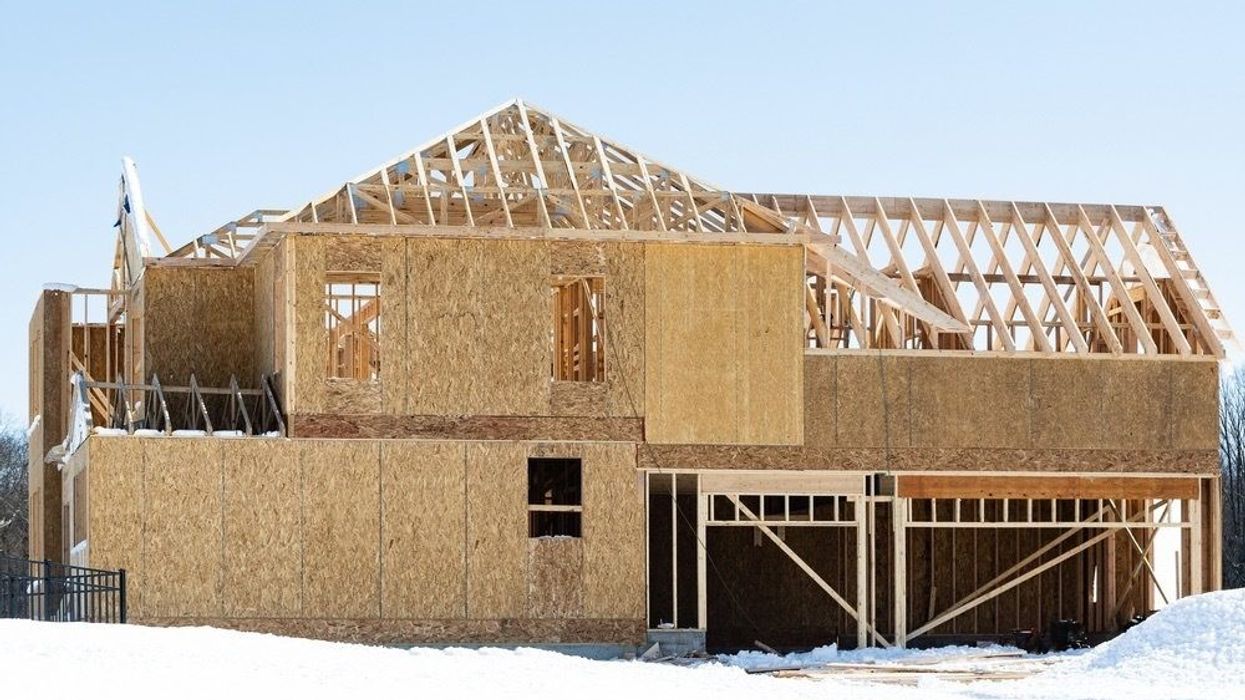Government at all levels has touted the need for 1.5M new homes to be built in Ontario over the next decade to keep up with the province's growing population, but construction capacity is not currently high enough.
A new report from Ottawa-based think tank Smart Prosperity Institute analyzed the province's 1.5M-home goal, vetting it for accuracy as well as attainability. The report confirmed the number as accurate, stating that Ontario is already experiencing a shortage of 500,000 homes and will need another 1M to meet the projected population growth. The ability to build this many homes, however, is in question.
Smart Prosperity points to a report from Hemson Consulting Limited, prepared for Ontario's Ministry of Municipal Affairs and Housing in August 2021, that estimated the number of homes that will be built in the 15 census divisions that make up Ontario's Greater Golden Horseshoe Area between 2021 and 2031. Unfortunately, their projected numbers fall short of Smart Prosperity's estimate of required housing in 14 of the 15 divisions, leaving the province more than 500,000 homes short of their goal in this region alone.
Based on existing housing shortages, as well as the projected number of family formations, Smart Prosperity found that of the 1.5M homes needed, nearly half -- 48% -- need to be built in Peel, York, and Toronto. Peel will need the largest amount of new homes, with 277,000 required by 2031. Hemson, however, estimates that just 102,100 will be built there -- a difference of 174,900. Toronto is projected to fall short by 101,200 homes, and York by 91,600 homes.
With these three regions expected to see the largest discrepancy between needed and actualized homes, the report warns of high levels of spillover housing in neighboring municipalities -- something municipal official plans will need to account for.
"Infrastructure and land constraints likely make it impractical for some Census Division to build the number of housing units we estimate are needed for their community," the report reads. "Of course, suppose those communities build less, spillover demand will occur, requiring a community to build a more substantial number than we have identified to maintain the 1.5M housing unit target."
After Peel, York and Toronto, the top five census divisions by housing supply needs is rounded out by Ottawa and Halton with 100,100 and 90,400 homes needed, respectively. They're followed by Durham (89,900), Waterloo (70,800), Simcoe (69,900), Hamilton (52,400), and Middlesex (39,500).
The Smart Prosperity report was put together after the Ontario Housing Affordability Task Force proposed the 1.5M figure as a solution to Ontario's housing shortage, and it was subsequently supported by all four major political parties during the provincial election. The task force, however, provided no details on how this target was estimated and where within the province those homes would be needed.
If they plan to reach their goal, the report says that substantial changes will need to be made to Ontario's construction process.
"Targets are helpful, but Ontario needs a comprehensive plan to address the bottlenecks that will limit housing construction over the next decade," the report states.
The federal government, which supported Ontario's goal in its 2022 budget, also committed to "doubling our housing construction over the next decade." The report notes that in the decade before Budget 2022, Ontario completed 669,378 homes. If doubled, this would bring the province close to its goal, although it would not quite reach it.


















